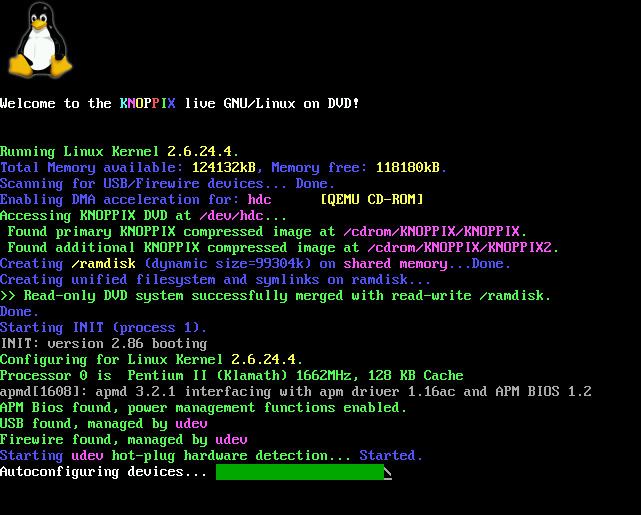 | ||
The Linux framebuffer (fbdev) is a graphic hardware-independent abstraction layer to show graphics on a computer monitor, typically on the console. The word framebuffer means a part of video memory containing a current video frame, and the Linux framebuffer means “access method to the framebuffer under the Linux kernel”, without relying on system-specific libraries such as SVGALib or another user space software.
Contents
Applications
There are three applications of the Linux framebuffer.
Examples of the third application include Linux programs such as MPlayer, links2, Netsurf, fbida, and fim and libraries such as GGI, SDL, GTK+, and Qt, which can all use the framebuffer directly. This use case is particularly popular in embedded systems.
The now defunct DirectFB is another project aimed at providing a framework for hardware acceleration of the Linux framebuffer.
There was also a windowing system called FramebufferUI (fbui) implemented in kernel-space that provided a basic 2D windowing experience with very little memory use.
History
Linux has generic framebuffer support since 2.1.109 kernel. It was originally implemented to allow the kernel to emulate a text console on systems such as the Apple Macintosh that do not have a text-mode display, and was later expanded to Linux's originally supported IBM PC compatible platform.
